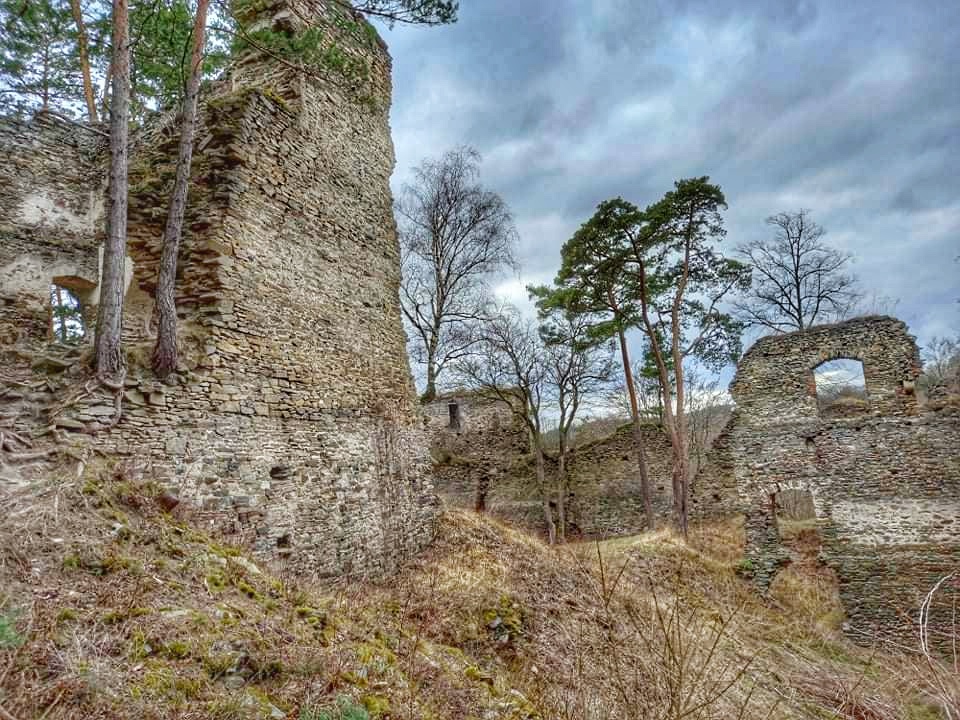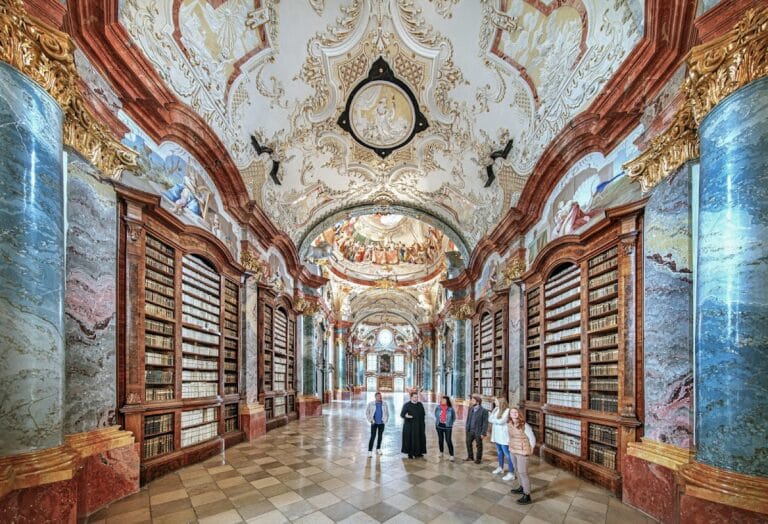Frejštejn Castle: A Medieval Fortress in the Czech Republic
Visitor Information
Google Rating: 4.6
Popularity: Low
Google Maps: View on Google Maps
Country: Czechia
Civilization: Medieval European
Remains: Military
History
Frejštejn castle is situated in the municipality of Podhradí nad Dyjí in the Czech Republic. Constructed in the 13th century, it was established by descendants of Lord Wernhard of Trnava (also known as Thürnau), who governed the territory under the authority of the Moravian margrave Vladislav Jindřich. Early references to the castle’s inhabitants include a nobleman named Oldřich (Ulrich) called Liber, meaning “Free,” and his son Gaytmar, both appearing in records from 1251 as witnesses to a donation made to the Jerusalem monastery.
Following the death of King Přemysl Otakar II in 1278, Frejštejn fell into the hands of bandits, who used it as a stronghold. In 1286, the castle was seized and destroyed with the approval of King Václav II of Bohemia by Duke Albrecht I of Austria. Despite this, the castle was revived under Václav II’s reign, who oversaw its reoccupation and considerable enlargement. Documents from this era mention Marquart of Frejštejn as a witness in 1310, and Oldřich Vrey is connected to charitable acts benefiting the Zwettl monastery in the early 1320s.
During the 1330s, the castle’s management transferred to burgraves—officials responsible for overseeing estates. Among them were Konrád of Bítov noted in 1331 and Petr Hecht of Rosice, appearing in records from the middle of the century. An important construction phase likely took place under Oldřich of Frenštejn, resulting in the addition of a representative three-story palace accompanied by the chapel dedicated to St. Catherine, which is first explicitly mentioned in 1347.
In 1422, King Sigismund handed Frejštejn over as hereditary collateral to Lipolt I of Krajk. The property soon passed to his younger brother, Jan Krajíř of Krajk. Jan gained notoriety for conducting raids in the surrounding lands, leading local estates to label him a “land pest.” Although there was an official mandate to redeem the castle and demolish it, Jan Krajíř was still recorded there in 1447.
The castle passed on to Jan’s nephew Volf in 1454, who was later honored by King George of Poděbrady in 1458 for his support during conflicts in Austria. Frejštejn likely suffered destruction during the war against Matthias Corvinus and is described as ruined in documents dated 1487. Subsequent owners included Volf’s sons, Lipolt II and Jindřich.
In 1628, the castle came into the possession of Jakub Berchtold, an imperial counselor who was elevated to nobility five years later. Although Frejštejn underwent fortification upgrades during the 16th century, it gradually shared the fate of the nearby Uherčice estate, falling into disuse. The castle has remained abandoned since the 15th century and is now owned by the municipality of Podhradí nad Dyjí. It is preserved as a cultural monument within the Czech Republic.
Remains
The ruins of Frejštejn occupy a compact site just south of Podhradí nad Dyjí, positioned on the right bank of the Dyje River near where the Křeslický stream flows into it. To the north, the landscape is marked by the natural reserve known as Podhradské skály, creating a distinctive backdrop for the castle’s remains.
Among the surviving structures are segments of the northern defensive walls and fortifications that once protected the site. Within the lower portion of the castle stands a small palace, part of the three-story residential complex constructed during the 14th century. Adjacent to this palace lies the chapel of St. Catherine, documented since 1347, which served the spiritual needs of the castle’s inhabitants.
The main entrance to the castle still retains its gate structure, providing insight into medieval defensive design. On the southwestern side rises a well-preserved bastion, a projecting section of the fortifications built to allow defenders to cover blind spots and repel attackers more effectively.
Later enhancements to the castle, undertaken during the fortress reconstruction in the 16th century, include a tower equipped with embrasures—narrow slits designed for firing firearms or archery—demonstrating the adaptation of the castle’s defenses to emerging military technologies. This tower remains substantially intact and reflects the site’s continued strategic importance during that period.
Together, these remains present a layered history of Frejštejn, revealing its original medieval origins, its elaborations in the late Middle Ages, and its evolution in response to changing military needs. The castle’s preservation as a cultural monument allows for ongoing appreciation and study of its historical and architectural legacy.










